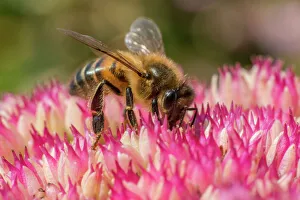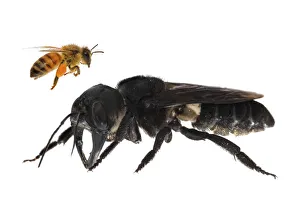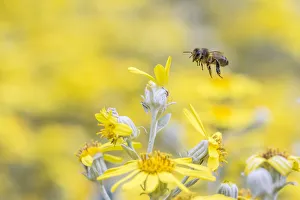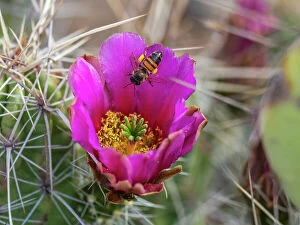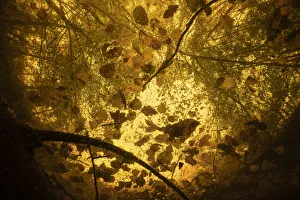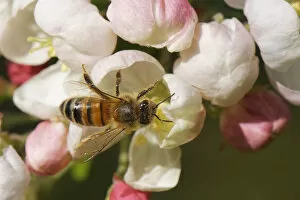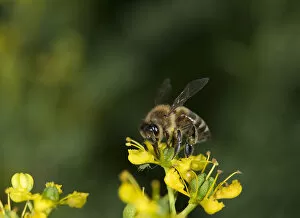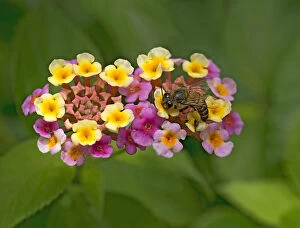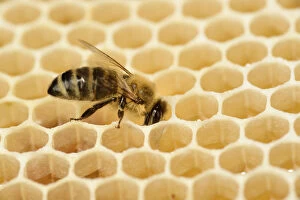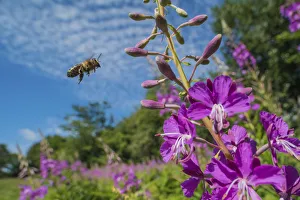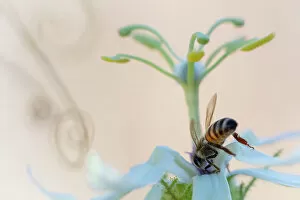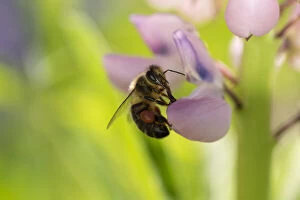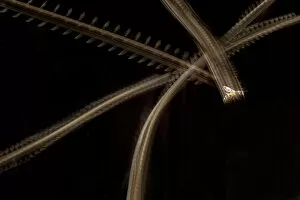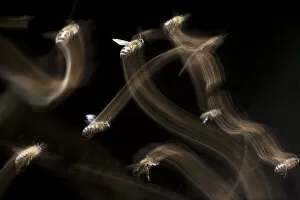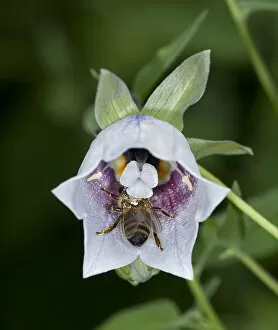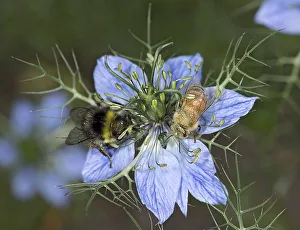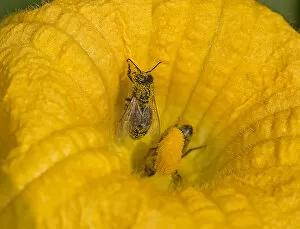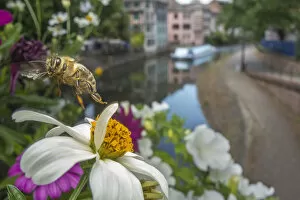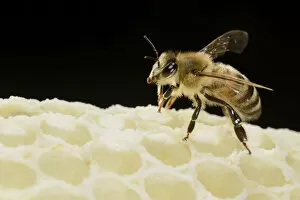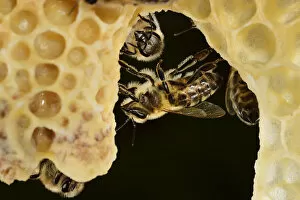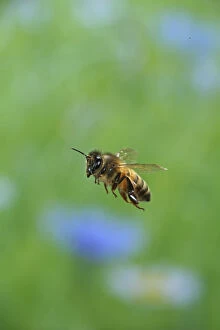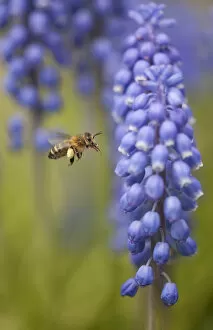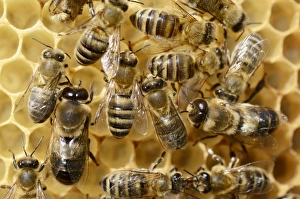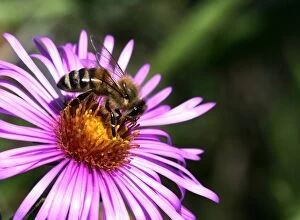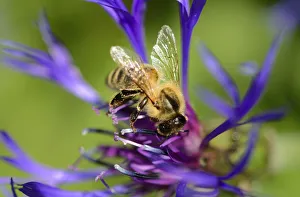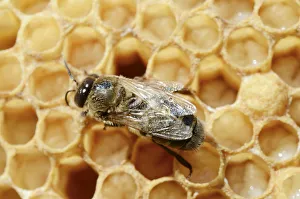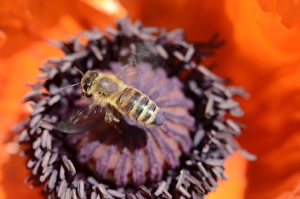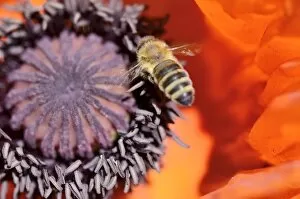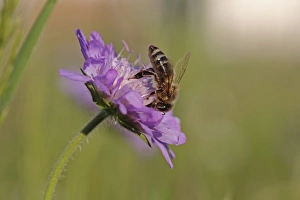Western Honey Bee Collection
The western honey bee, scientifically known as Apis mellifera, is a fascinating and vital insect in our ecosystem
All Professionally Made to Order for Quick Shipping
The western honey bee, scientifically known as Apis mellifera, is a fascinating and vital insect in our ecosystem. These European honey bees can be seen busily feeding on ice plant flowers, such as Sedum spectabile, with their delicate proboscises extended to extract nectar. Their presence brings life and vibrancy to the surrounding environment. In times of distress or urgency, worker bees of the Apis mellifera var carnica variety display remarkable coordination and form panic formations on combs containing precious eggs. This behavior showcases their strong sense of community and dedication to protecting their hive. Witnessing a large swarm of western honey bees is truly awe-inspiring. As they gather together in great numbers, these industrious creatures demonstrate the power of unity for survival and success. Even beyond their native habitats, western honeybees continue to play an essential role in pollination worldwide. In places like Loreto Bay National Park in Mexico's Sea of Cortez, these diligent insects diligently pollinate Desert passionflower (Passiflora palmeri), ensuring its continued existence within this unique ecosystem. Interestingly enough, the world of bees extends beyond just one species. A composite image reveals Wallaceas giant bee (Megachile pluto) alongside the familiar European honey bee (Apis melifera). This visual representation highlights both diversity and interconnectedness within nature. A closer look at a Honey Bee comb unveils a captivating sight - larvae nestled comfortably within cells. This glimpse into their intricate lifecycle reminds us that every stage is crucial for maintaining healthy colonies. Observing a Honeybee gracefully flying towards Bluebell flowers (Hyacinthoides non-scripta) evokes feelings of tranquility amidst nature's beauty. The sight serves as a gentle reminder that these tiny creatures are responsible for much more than meets the eye.

